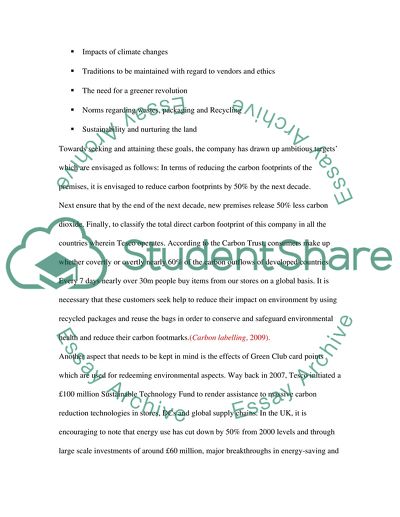Cite this document
(Environmental Sustainability Records of Tesco Statistics Project, n.d.)
Environmental Sustainability Records of Tesco Statistics Project. Retrieved from https://studentshare.org/environmental-studies/1735868-environmentally-sustainable-business
Environmental Sustainability Records of Tesco Statistics Project. Retrieved from https://studentshare.org/environmental-studies/1735868-environmentally-sustainable-business
(Environmental Sustainability Records of Tesco Statistics Project)
Environmental Sustainability Records of Tesco Statistics Project. https://studentshare.org/environmental-studies/1735868-environmentally-sustainable-business.
Environmental Sustainability Records of Tesco Statistics Project. https://studentshare.org/environmental-studies/1735868-environmentally-sustainable-business.
“Environmental Sustainability Records of Tesco Statistics Project”, n.d. https://studentshare.org/environmental-studies/1735868-environmentally-sustainable-business.


